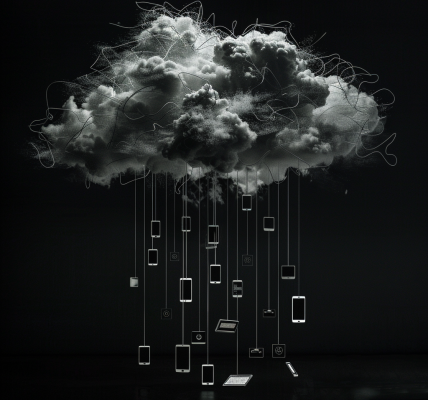CERN to supercharge world’s most powerful atom smasher to hunt new physics
By Jijo Malayil | Published: Mar 28, 2024 07:07 AM EST
The Large Hadron Collider (LHC) at CERN is set to undergo a significant upgrade to facilitate more advanced tests and experiments. The US Department of Energy’s SLAC National Accelerator Laboratory will play a crucial role in constructing vital detector parts and data analysis tools for the High-Luminosity-LHC (HL-LHC) upgrade.
The upgrade aims to enable researchers to probe the Higgs boson and explore physics beyond the Standard Model. The HL-LHC will measure self-coupling for the first time and investigate the properties of the Higgs boson, leading to an increase in the luminosity of the LHC. This increase in luminosity will result in more collisions, thereby enhancing the likelihood of detecting rare particles and Higgs bosons.
SLAC’s role in the HL-LHC detector upgrade involves finalizing the internal assembly of a crucial detector component before the HL-LHC begins data collection in 2029. The rapid succession of billions of collisions anticipated at the HL-LHC presents a challenge for the ATLAS detector in effectively detecting and distinguishing particles generated in these collisions. To address this, SLAC, in collaboration with thirteen other national laboratories and institutions, will upgrade the two deepest layers of ATLAS, which are closest to the collisions, by working on the Inner Tracker (ITk).
The ITk will utilize tiny silicon sensors, or pixels, to trace the pathways of particles, enabling more precise and effective detection and analysis of collision events at the HL-LHC. The advancements in detector technology and data analysis tools are expected to open new frontiers in particle physics and contribute to groundbreaking discoveries in the field.





